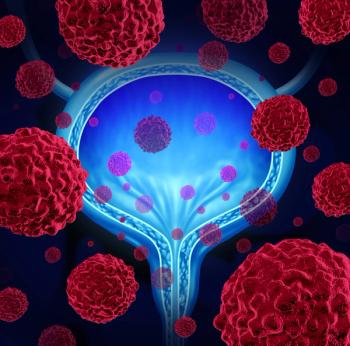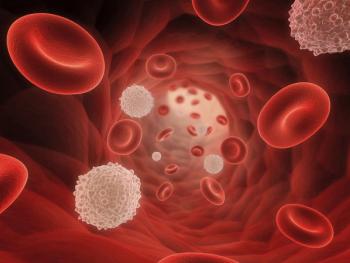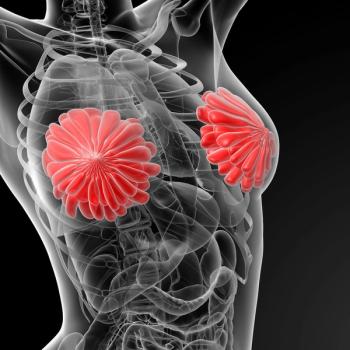
Douglas Blayney, MD, on Reducing the Incidence of CIN with Plinabulin Plus Pegfilgrastim
Plinabulin in combination with pegfilgrastim reduced the incidence of chemotherapy-induced neutropenia, compared with pegfilgrastim alone, in patients with breast cancer undergoing chemotherapy with docetaxel, doxorubicin, and cyclophosphamide.
In the global, multicenter, randomized, double-blinded phase 3 PROTECTIVE-2 Study 106, treatment with plinabulin in combination with pegfilgrastim reduced the incidence of chemotherapy-induced neutropenia, compared with pegfilgrastim alone, in patients with breast cancer undergoing chemotherapy with docetaxel, doxorubicin, and cyclophosphamide.
Douglas Blayney, MD, professor of medicine at Stanford Medical School, discussed the trial results with CancerNetwork, while also discussing the trial’s implications in treating the adverse events.
Transcription:
So in, in a in a phase 2 study in lung cancer, there was a serendipitous observation that plinabulin added to Taxotere reduced the incidence of myelosuppression and myelosuppressive toxicity. Subsequently, we developed a program to look at does plinabulin offer an improvement over the standard of care in high febrile neutropenia risk patients. And that's the early, late breaking abstract we’re presenting at the San Antonio meetings this week.
We know that pegfilgrastim, which became the standard of care in the mid 90s, works very well, but it leaves patients vulnerable in the first week after chemotherapy. So patients do get neutropenic and have complications of neutropenia, which when it occurs in the first week after chemotherapy. So, it is a unmet need. Pegfilgrastim and it's biosimilars are great additions help people tolerate chemotherapy. But there still is a defect in the first week after chemotherapy.
The late breaking abstract, which we submitted about three weeks before San Antonio, when we just we completed the phase 3 trial, so that in patients who had what we call profound neutropenia, that is neutrophil count below 0.1 and a much greater adverse event in terms of febrile neutropenia. So in the 110 patients treated with pegfilgrastim, after TAC chemotherapy, about 50% of those had a neutrophil count less than 0.1. In those patients, 40% of them developed febrile neutropenia in the combination with plinabulin and pegfilgrastim around 23 patients had this profound or 0.1 neutrophil count, and only about 15 of those had febrile neutropenia. So febrile neutropenia as an end point was markedly reduced in this group of patients who had profound neutropenia.
I think it's fair to say we haven't analyzed the complete trial yet. We just got the results. So, stand by we'll have further results at meetings early next year.
So as I said earlier, pegfilgrastim does not protect patients in the first week after chemotherapy. Plinabulin when added to pegfilgrastim offers protection in the first week after chemotherapy and pegfilgrastim protects the second week, so that benefit looks to be a protection during the whole chemotherapy cycle. And we think this protection will translate into protection against hospitalization, ED visits, documented infection and death and other bad things that happen with low high blood counts.
This a late breaking abstract, preliminary results from adding plinabulin. We hope plinabulin will come to market late next year, when it does, it will offer protection during the first and second week of the chemotherapy cycle. So hopefully we and our patients can sleep better at night, knowing that they are having less risk of febrile neutropenia and bad complications from it. In summary, the answer is this will offer more protection against neutropenia and complications.
The next step with plinabulin is going before the regulatory agencies both in the United States and in Europe and in China. We've had the agreement with the study designs in each of those jurisdictions. And we hope to, again get their agreement that plinabulin offers a benefit to patients and we'll have it available widely available late next year.
One of the things about plinabulin is it's given the same day as chemotherapy, so patients don't have to return or use a device that attaches to their skin to get this kind of protection. It's given the same day as chemotherapy. It has very few side effects by itself, and it looks to be that it can prevent some of the chemotherapy-induced side effects and other data that we have show that plinabulin increases quality of life compared with pegfilgrastim alone.
Newsletter
Stay up to date on recent advances in the multidisciplinary approach to cancer.

















































































